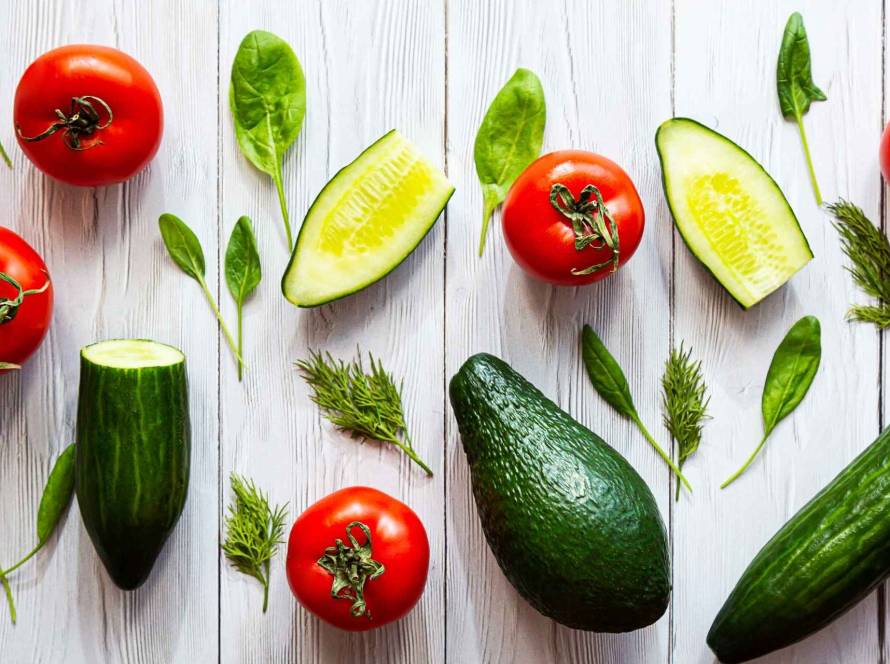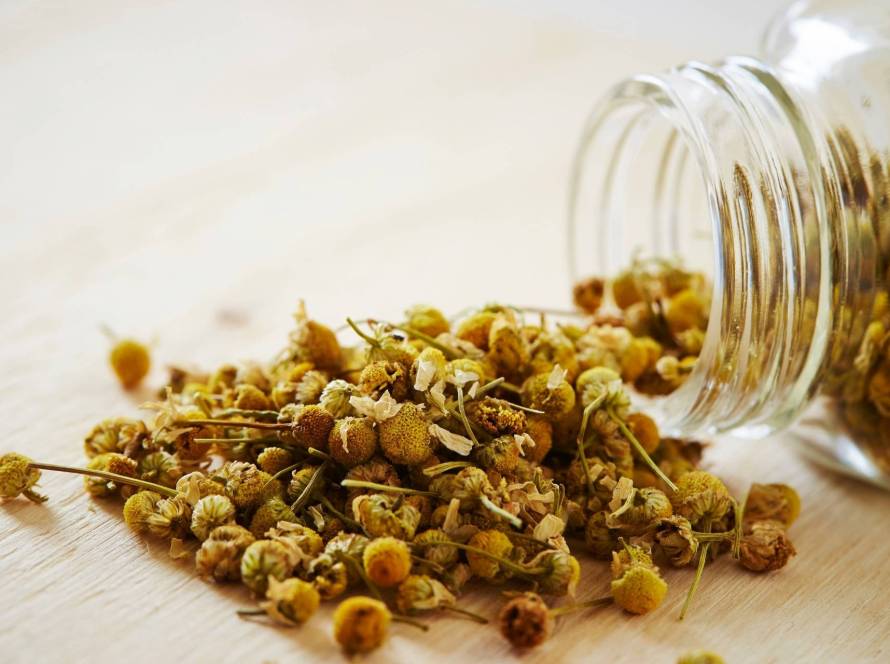EGCG, the most important compound in green tea, has more than 50% of its beneficial catechins and makes up 16.5% of tea’s water extractable components. This natural antioxidant fights inflammation, helps with weight management and protects cellular health.
Let’s get into the science behind this remarkable properties and learn about its many health benefits. This article will help you understand why EGCG is central to longevity research, whether you’re curious about its antioxidant properties, anti-inflammatory effects or its role in preventing disease.
EGCG: the key compound in green tea
EGCG stands for Epigallocatechin Gallate, which is a powerful catechin found primarily in green tea. Its unique structure and hydroxyl groups make it a stronger antioxidant than other catechins.
It is different from other compounds found in green tea in a few important ways. One key feature is a special part of its structure that makes EGCG and ECG the strongest antioxidants in green tea. Additionally, catechins with a certain group of atoms (called a pyrogalol group) have stronger antioxidant effects than those with a different group.
Its levels vary by a lot in natural sources. Green tea leaves have its highest content, followed by white tea and black tea. This compound appears in small amounts in other foods too.
How it works in your body
EGCG’s function in our bodies starts with its path through the digestive system. The acidic environment in the stomach helps maintain its structural stability.
Cellular absorption process
Epigallocatechin Gallate mainly absorbs in the small intestine, though the process faces several challenges. Research shows that EGCG reaches its peak plasma concentration at 90 minutes after consumption. In spite of that, the absorption rate stays relatively low.
Interaction with cell receptors
After absorption, it interacts with specific cellular targets, mainly through the 67-kDa laminin receptor (67LR). This receptor interaction happens at micromolar concentrations and plays a significant role in EGCG’s biological effects. It also shows it can bind to plasma membrane lipid rafts, which influences various cellular signaling pathways.
EGCG’s impact on cellular health
EGCG shows remarkable versatility through multiple mechanisms that promote health and longevity at the cellular level. Studies show that EGCG’s effects depend on concentration. Low concentrations (≤10 µM) exhibit antioxidant properties while higher concentrations show pro-oxidant actions.
Antioxidant mechanisms
The unique chemical structure of EGCG allows direct scavenging of reactive oxygen species (ROS). EGCG stimulates minimal ROS production needed for cell protection signaling at lower concentrations. The compound also chelates metal ions, which reduces lipid peroxidation and improves cellular metabolism.
DNA protection effects
EGCG influences gene expression through multiple pathways effectively. Studies show that it inhibits DNA methyltransferase efficiently at concentrations below 1 µM. This action reverses methylation induced gene silencing and affects genes involved in inflammation and cell survival.
Inflammation reduction
EGCG reduces inflammation through several vital mechanisms. The compound blocks toll like receptor 4 signaling via a 67LR-dependent mechanism. EGCG suppresses pro-inflammatory cytokines production, including:
- TNF-α and IL-1β through NF-κB pathway modulation;
- IL-6 through selective inhibition;
- Inflammatory gene expression via JAK/STAT pathway interference.
4 health benefits of EGCG
Research continues to reveal compelling evidence that EGCG offers health benefits in a variety of ways. Scientists have found that it can positively affect many aspects of human health.
Heart health improvements
Research shows EGCG provides substantial cardiovascular benefits. A detailed Japanese study with over 40,000 middle aged participants revealed that drinking more than two cups of green tea daily reduced cardiovascular disease mortality risk by 22-33%. The results are even more remarkable when you consider that drinking 120-599 ml of green tea daily for one year lowered hypertension risk by 46%. People who drank more than 600 ml experienced a 65% reduction.
Brain function support
EGCG’s neuroprotective properties go beyond simple cognitive improvements. Scientists have discovered that it passes through the blood-brain barrier in just 30 minutes. EGCG helps brain health by:
- Protecting against neurodegenerative conditions;
- Suppressing cognitive dysfunction;
- Improving memory formation.
Weight management effects
EGCG affects weight management through several pathways. Research shows that EGCG activates AMPK in liver, skeletal muscle and white adipose tissue. EGCG also changes lipid metabolism by:
- Inhibiting genes involved in fatty acid synthesis;
- Increasing expression of genes associated with lipolysis;
- Improving lipid oxidization in white adipose tissue.
Research suggests taking 100-460 mg of EGCG daily to get the maximum benefits. The effectiveness changes based on individual factors and how much caffeine you consume.
Cancer prevention potential
EGCG works better than other tea polyphenols at inhibiting cancer cell growth. It achieves this by:
- Inducing cell cycle arrest in the G1 phase;
- Promoting cancer cell apoptosis;
- Inhibiting tumor promoting inflammation;
- Suppressing angiogenesis and tissue invasion.
Getting the most from EGCG: 3 ways
Getting the most out of this compound depends on the right dosage, timing and source. Let’s look at ways to get the best results from your EGCG intake.
Optimal dosage guidelines
People who want EGCG benefits from natural tea should drink 1-4 cups (25-200 centiliters) of green tea daily, which provides a safe and effective dose. Each cup of brewed green tea gives you 50-100 mg of EGCG.
Safety becomes vital when it comes to supplements. Scientists recommend staying under 338 mg of daily through solid supplements.
Best time for consumption
The right timing makes a big difference in how well your body absorbs EGCG. Studies clearly show you’ll get the highest plasma concentration by taking it on an empty stomach after overnight fasting. Your plasma EGCG levels peak one hour after consumption without food because absorption works better.
Supplement vs natural sources
Green tea stands out as the most reliable source of EGCG. Quality loose leaf green tea provides about 180-200mg per serving. Bottled green tea drinks only contain 9mg per serving.
You can find EGCG in other foods too:
- Carob flour and apples;
- Strawberries and blackberries;
- Peaches and plums.
Studies suggest that regular green tea consumption with its natural leaf matrix of flavones and tannins proves safer than pure EGCG supplements. Supplements can be risky, cases of hepatitis and cholestasis have been reported from high dose long term use.
EGCG’s complete effects on heart health, brain function, weight management and cellular protection make it valuable for any longevity focused lifestyle, protecting DNA, reducing inflammation and supporting vital metabolic processes at the cellular level. Success depends on consistent, moderate consumption rather than sporadic high doses.


